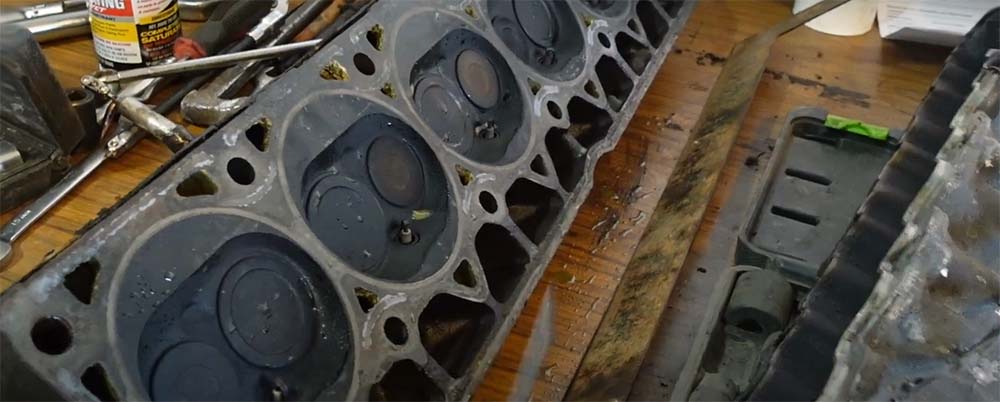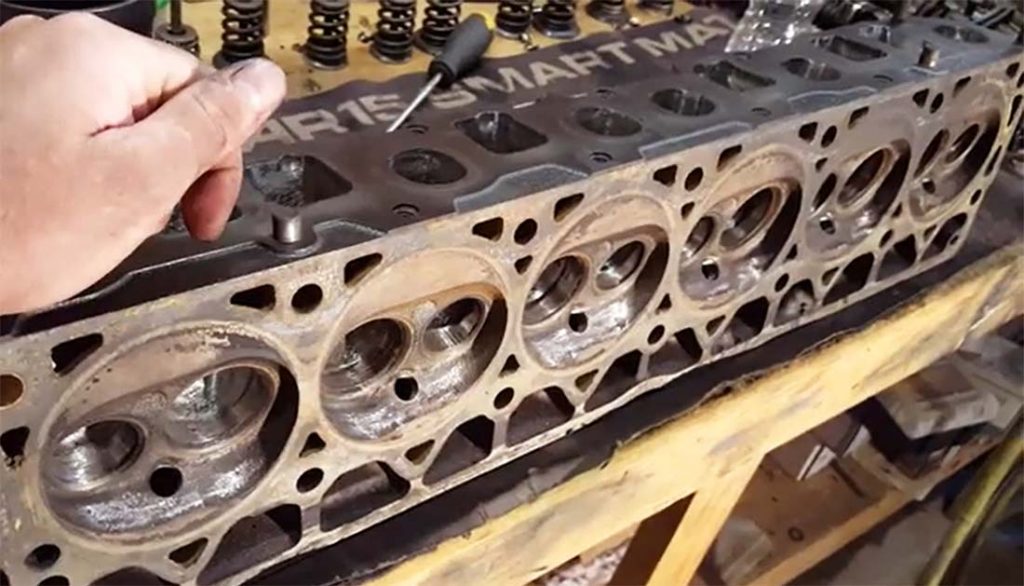In the realm of automotive maintenance and performance enhancement, particularly for the iconic Jeep 4.0L engine, cylinder head resurfacing stands out as a pivotal procedure. This operation is not just about restoring the engine’s power; it’s about reclaiming efficiency and ensuring the longevity of one of the most celebrated engines in the Jeep lineage. The Jeep 4.0L engine, known for its robust construction and reliable performance, often encounters challenges with its cylinder head due to the rigors of operation and the passage of time. Resurfacing the cylinder head can address these issues, ensuring that the engine continues to serve its purpose with renewed vigor.
The Significance of the Jeep 4.0L Cylinder Head
The cylinder head is a critical component of the Jeep 4.0L engine, playing a crucial role in its operation. It houses the valves, the combustion chamber, and often, the camshafts, making it a key player in the engine’s air intake, combustion, and exhaust processes. However, the cylinder head’s exposure to extreme temperatures and pressures can lead to warping or cracking, which compromises engine performance and efficiency. This is where resurfacing comes into play. Resurfacing the Jeep 4.0L cylinder head involves machining the head’s surface to restore its flatness. This is crucial for ensuring a proper seal with the engine block and maintaining the engine’s compression ratio, which in turn, affects performance and efficiency.
Evaluating the Need for Resurfacing
Determining whether your Jeep 4.0L cylinder head needs resurfacing involves a careful examination of the component. Signs of warping, surface irregularities, and coolant leakage are clear indicators that resurfacing might be necessary. However, it’s not just about identifying the need; it’s also about understanding the extent of the damage. In some cases, a cylinder head may be beyond resurfacing due to significant cracking or other irreparable damage, necessitating a replacement. It’s important to consult with a professional to assess the condition of your cylinder head accurately and to make an informed decision on the best course of action.

The Resurfacing Process Explained
Resurfacing a Jeep 4.0L cylinder head is a meticulous process that involves several steps to ensure the integrity and performance of the engine are maintained or restored. The process begins with a thorough cleaning of the cylinder head to remove any debris, oil, or remnants of the old head gasket. Following cleaning, the head is inspected for cracks or other damages that could undermine the resurfacing process. If deemed suitable for resurfacing, the cylinder head is then mounted on a specialized machine that precisely removes a thin layer from the surface, ensuring it is perfectly flat and ready to provide a proper seal with the engine block.
This process not only extends the life of the engine but also enhances its performance by restoring the necessary compression and preventing potential leaks. However, it’s crucial to have this procedure carried out by professionals equipped with the appropriate tools and expertise to avoid further damage to the cylinder head and ensure the best outcome. For those interested in the specifics of the resurfacing process, we recommend reading our article on how to resurface a cylinder head, which provides an in-depth guide to resurfacing techniques and considerations.
The Advantages of Cylinder Head Resurfacing
Resurfacing the Jeep 4.0L cylinder head offers numerous benefits, crucial for maintaining the engine’s performance and longevity. These advantages include:
- Restoration of Engine Compression: A flat cylinder head surface is essential for optimal engine compression, directly impacting the engine’s power output and efficiency.
- Prevention of Coolant and Oil Leaks: A properly resurfaced cylinder head ensures a tight seal with the head gasket, mitigating the risk of leaks that can lead to engine overheating and damage.
- Cost-Effectiveness: Compared to replacing a cylinder head, resurfacing is a more cost-effective solution that extends the life of your current engine components without the need for more significant, more expensive repairs or replacements.
Conclusion
Resurfacing the Jeep 4.0L cylinder head is a critical maintenance task that can significantly impact the engine’s performance and longevity. By restoring the head’s surface to its optimal condition, you ensure a proper seal with the engine block, maintain engine compression, and prevent leaks, thereby safeguarding your engine’s efficiency and reliability. Given the complexity and precision required for this process, it’s advisable to seek the services of professionals who specialize in engine maintenance and repairs. With the right care and expertise, your Jeep 4.0L engine can continue to deliver the performance and reliability that Jeep owners have come to expect and appreciate.

